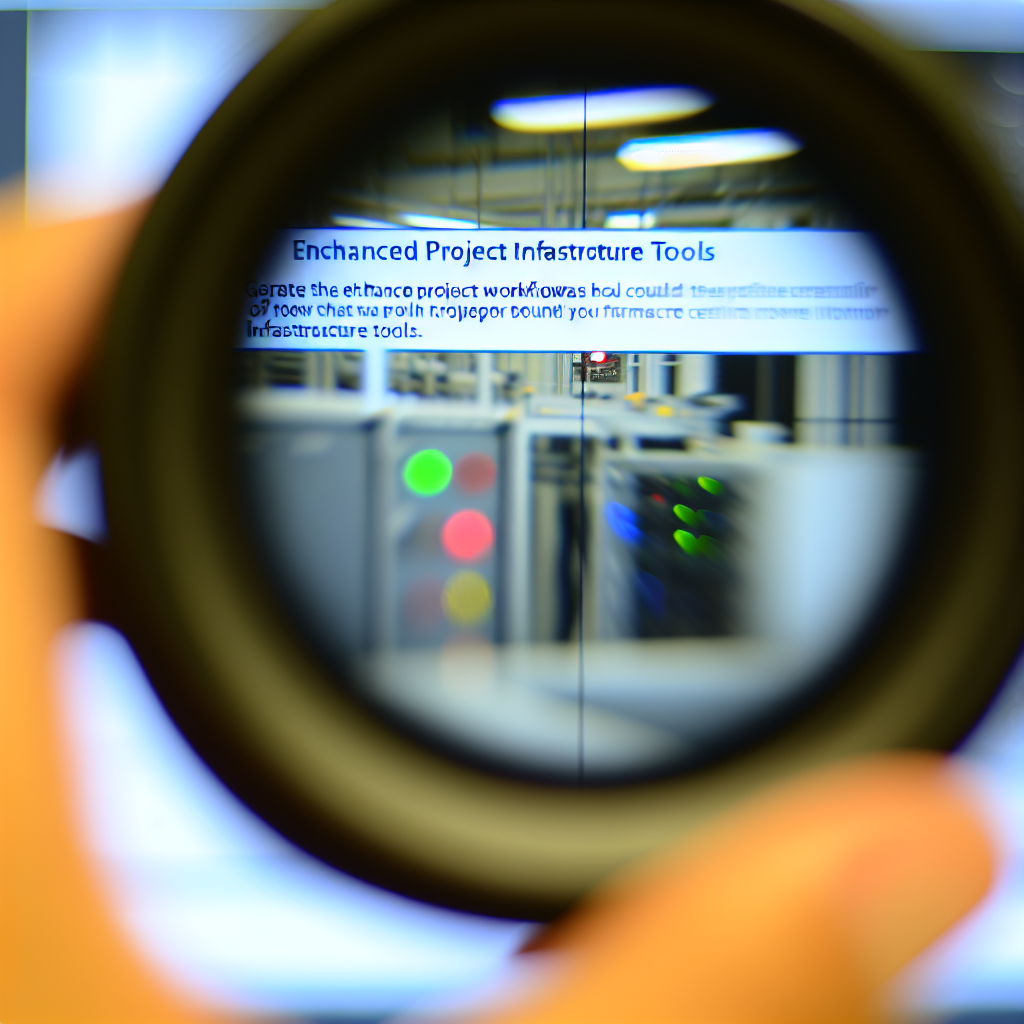Autodesk 2020 Infrastructure Tools introduce a suite of innovative features designed to enhance the efficiency and accuracy of infrastructure project workflows. These updates aim to simplify complex tasks, improve data management, and foster better collaboration across teams. In this article, we will explore the key new features and their impact on infrastructure design and construction processes.
Enhanced Data Integration and Management
One of the standout improvements in Autodesk 2020 Infrastructure Tools is the emphasis on streamlined data integration. These tools now facilitate seamless connection with various GIS data sources, CAD platforms, and other BIM systems, ensuring that all project stakeholders work with the most current data. This interoperability reduces errors caused by data discrepancies and accelerates project timelines.
Moreover, the new tools support better data organization through cloud-based platforms that allow real-time updating and multi-user access. For example, with the enhanced InfraWorks capabilities, engineers and planners can collaboratively visualize, edit, and analyze infrastructure models without the constraints of local storage limitations.
- Improved Data Exchange: Supports formats like LandXML, CityGML, and SHP for broader compatibility.
- Real-Time Collaboration: Cloud integration promotes collaborative decision-making and reduces project delays.
This comprehensive approach to data management ensures higher accuracy, reduces redundancies, andoptimizes resource allocation throughout the project lifecycle.
Advanced Design and Modeling Features
The 2020 iteration introduces powerful modeling enhancements aimed at improving design precision and speed. New parametrization options allow users to create more adaptable infrastructure models that respond to future modifications with minimal effort. These features include improved terrain modeling, roadway design, and utility placement tools that adapt to project-specific constraints.
Additionally, Autodesk has integrated AI-driven automation, such as intelligent road alignments and corridor modeling, which significantly reduces manual input and allows designers to focus on strategic decision-making. The updated Civil 3D enhancements further enable seamless corridor management, dynamic corridor analysis, and high-level visualization, ensuring every aspect of infrastructure design aligns with real-world conditions.
- Parametric Modeling: Enables flexible and adaptable design components that can be easily modified.
- Automation and AI Integration: Reduces repetitive tasks and enhances accuracy through intelligent processes.
- Enhanced Visualization: Utilizes better rendering and simulation tools for clearer insights into design outcomes.
These improvements translate into more precise, efficient, and cost-effective infrastructure plans, ultimately reducing construction errors and project overruns.
Conclusion
Autodesk 2020 Infrastructure Tools represent a significant leap forward in infrastructure project management, emphasizing better data integration and advanced modeling capabilities. These enhancements streamline workflows, improve collaboration, and lead to more accurate, efficient project outcomes. By leveraging these tools, professionals can stay ahead in the competitive landscape of infrastructure design and construction.
